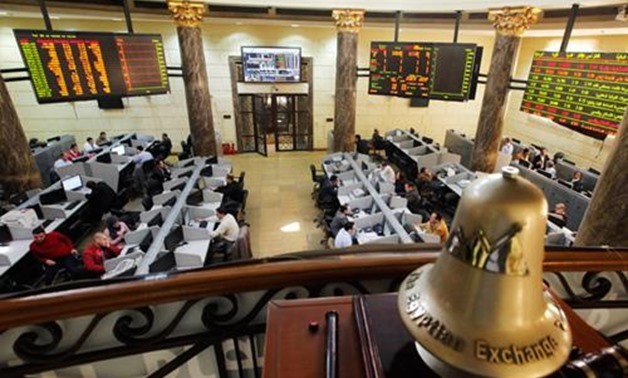
FILE - The Egyptian Exchange
CAIRO - 24 September 2023: Trading in Treasury bills (T-bills) began Sunday on the secondary market of the Egyptian Exchange (EGX), achieving a value of approximately LE 33.8 billion across 109 transactions.
The EGX commented that this launch marks a significant development and is poised to have a positive impact on Egypt's financial markets and strengthen its position as a hub for investment in the region.
This launch signifies a new phase in the continuous development of the securities market, aligning with the strategic goals of the Egyptian Exchange to serve the national economy, it added.
This development comes as a result of thorough coordination between the Central Bank of Egypt (CBE), the Ministry of Finance, the Financial Regulatory Authority (FRA), and the Egyptian Central Depository and Registry Company for Government Securities over the past months. The project's launch aims to invigorate trading on the government debt instruments market, in line with the governing legislative and regulatory frameworks.
Ahmed El Sheikh, Head of the EGX, expressed that this day is the fruit of ongoing efforts by the Exchange's team over the past period. The GFIT trading system, which has been self-developed by the Exchange's IT team, is now capable of executing trades in Treasury bills. This expansion was made possible by adding new features that align with the nature and rules of trading for Treasury bills. Additionally, the system has been connected to Egyptian banks, both major and non-major participants, to enhance their capabilities in trading on the secondary market for government debt instruments.
"Trading in Treasury bills through the EGX works to increase demand, facilitate trading operations, and provides an extra incentive for investors,” El Sheikh stated.
In preparation for the commencement of Treasury bill trading, the EGX’s management organized a series of workshops and training courses for trading parties in recent weeks. These sessions saw the participation of representatives from approximately 35 banks, both major and non-major, engaged in government financial instruments.
Comments
Leave a Comment